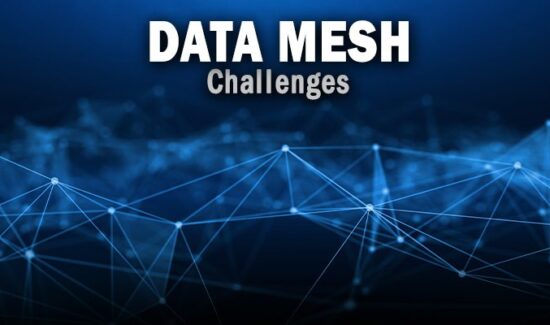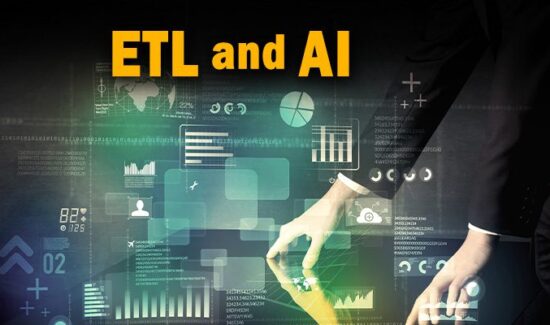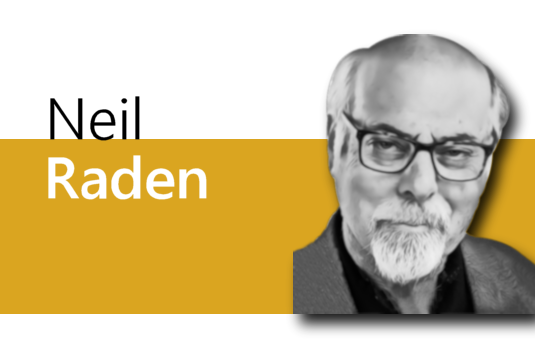Market Shifts Laying Groundwork for Chief Automation Officers

Solutions Review’s Expert Insights Series is a collection of contributed articles written by industry experts in enterprise software categories. In this feature, Workato‘s SVP of Strategic Initiatives Bharath Yadla offers commentary on the market shifts which are paving the way for the role of Chief Automation Officer.

Nearly two years ago, A16z podcast host Steph Smith tweeted that every company with over 30 employees should hire a CAO. The prediction was two years too early, and the response was mixed. Responses pointed out that it was already the CIO/CTO job, or that automation should be everyone’s responsibility.
These points have merit. Certainly, in a majority of companies, the business leaders own automation today. They are primarily looking to gain efficiency in their processes. And in some companies, where there is also momentum to automate IT Operations, it has been a responsibility for the IT line of business. In other cases, it is a collective responsibility for the rest of business lines. But the right approach to automation starts at the top. In other words, rather than being a tactical responsibility, automation is a C-suite strategic priority, important enough to deserve its own leadership role.
Does it mean that soon, every company will have a CAO (Chief Automation Officer)? No – Forrester analyst Leslie Joseph predicts that 10 percent of the Fortune 500 will have a CAO over the next three years. But the reality is that, for companies who do not hire a CAO, the responsibilities will fall on the CIO, CDO (Chief Digital Officer) or a CTO. And those responsibilities are changing along with automation’s role. It has been one of my favorite predictions in the past few years, because it is at the intersection of 3 very large market convergences:
- Integration, (which has been primarily seen as stitching systems & data together), is converging with automation.
- Business is converging with IT.
- Bottom line is converging with top line.
Let’s take a closer look at each and how they tie back to the CAO prediction.
Chief Automation Officers
[hr style=”single”]
Convergence 1: Integration and Automation
For the first time since Gartner released their original integration quadrant in 2009, Gartner’s iPaaS requirements include automation. As a result, the 2023 MQ looks unlike any previous versions in a big way. It’s not just Gartner that is noticing this trend. 2021 saw significant M&A activity around this trend, and it factored heavily into Gartner’s MQ evaluation this year. Massimo Pezzini, the former Gartner analyst who headed up the Magic Quadrant until his retirement in 2021, puts it this way: “Automation and integration are, in my opinion, just two sides of the same coin: there is no automation without integration, and automation is a key use case for integration. The bottom line is that the modern, end-to-end model of automation requires integration. Automation is the goal; integration is the means.”
Businesses are growing impatient with overwhelming stacks of point tools. The use cases automation and integration are tackling require both functions. As the technology centralizes, the leadership of automation will centralize as well – but ironically the execution will decentralize.
Convergence 2: Business and Information Technology
To say the business and IT are converging may sound strange, but the roles of technical expertise in the enterprise are changing. In years past, there were clean lines separating technical and non-technical teams. But each generation entering the workforce is more tech-savvy than the last. And technology is continuing to “eat the world” as more roles become sensitized to tech. One symptom of this change is the rise of “BigOps” as operations roles are cropping up around the organization.
Organizations are going to have to lean into this change – and it takes C-suite leadership to make that happen. Naturally, many IT teams bristle at the ideas of democratization. On the other hand, business teams are already knee-deep in shadow IT. The middle ground is empowering all teams to automate, but with the guidance and governance that IT teams can offer. This convergence will need someone to step up and take the lead. Ideally the CAO steps into that void.
Convergence 3: Bottom Line and Top Line
Lastly, the core elements of business – bottom line and top line income – started to quickly reach a meeting ground at the end of 2022. Before, they were completely separated by two different missions. Top line earnings are optimized towards revenue growth (sometimes at any cost) and therefore growth rates. The frothy VC markets of yesteryear empowered businesses to completely detach costs from profitability, operating on a grow at all costs operating model. COVID and other geo-economical changes are forcing businesses to think differently – gaining better business resilience.
Bottom line savings is extremely biased towards cost efficiency optimization and therefore profitability. As the companies drive towards becoming a resilient business, they have to sustain the growth without compromising on efficiency factors associated with bottom line savings: operational efficiencies, cost savings, and growth efficiencies. At the same time, companies still have to create stellar customer experiences, employee experiences and so on to remain competitive. Doing this while increasing revenue is why we hear the phrase “doing more with less.” This creates “barometric pressure” for businesses to innovate and transform.
Impact-led enterprise automation is the only way to bring all 3 elements of resilient business together: Efficiency, effectiveness & experience. It requires a completely radical, strategic, and transformational approach to the business – which in turn points to the chief automation officer.
Last year, Forrester analyst Leslie Joseph made the prediction that 10 percent of the Fortune 500 will hire a CAO. He also notes that CAOs are a completely new archetype, akin to the first Chief Digital Officers. The three convergence paths of the market validate this prediction. While AI has dominated the conversation of the first few months of 2023, the operationalization of AI in businesses will fall to automation.
In reality, the responsibility of the Chief Automation Officer will crop up in every company in the coming years. Perhaps not everyone will adopt that title, or hire for that role, but as more companies take on a new automation mindset, and leave the old ways of automation behind – CIOs, CEOs, COOs, CTOs, CISOs, and more will need to act like CAOs and there is a high chance that Business Savvy & Transformation driven CIOs can easily morph into CAOs. They will fold automation into their company strategies, build out automation goals, and find some of the most exciting progress comes from the innovative use of automation.
[hr style=”single”]
- Market Shifts Laying Groundwork for Chief Automation Officers - April 28, 2023



















